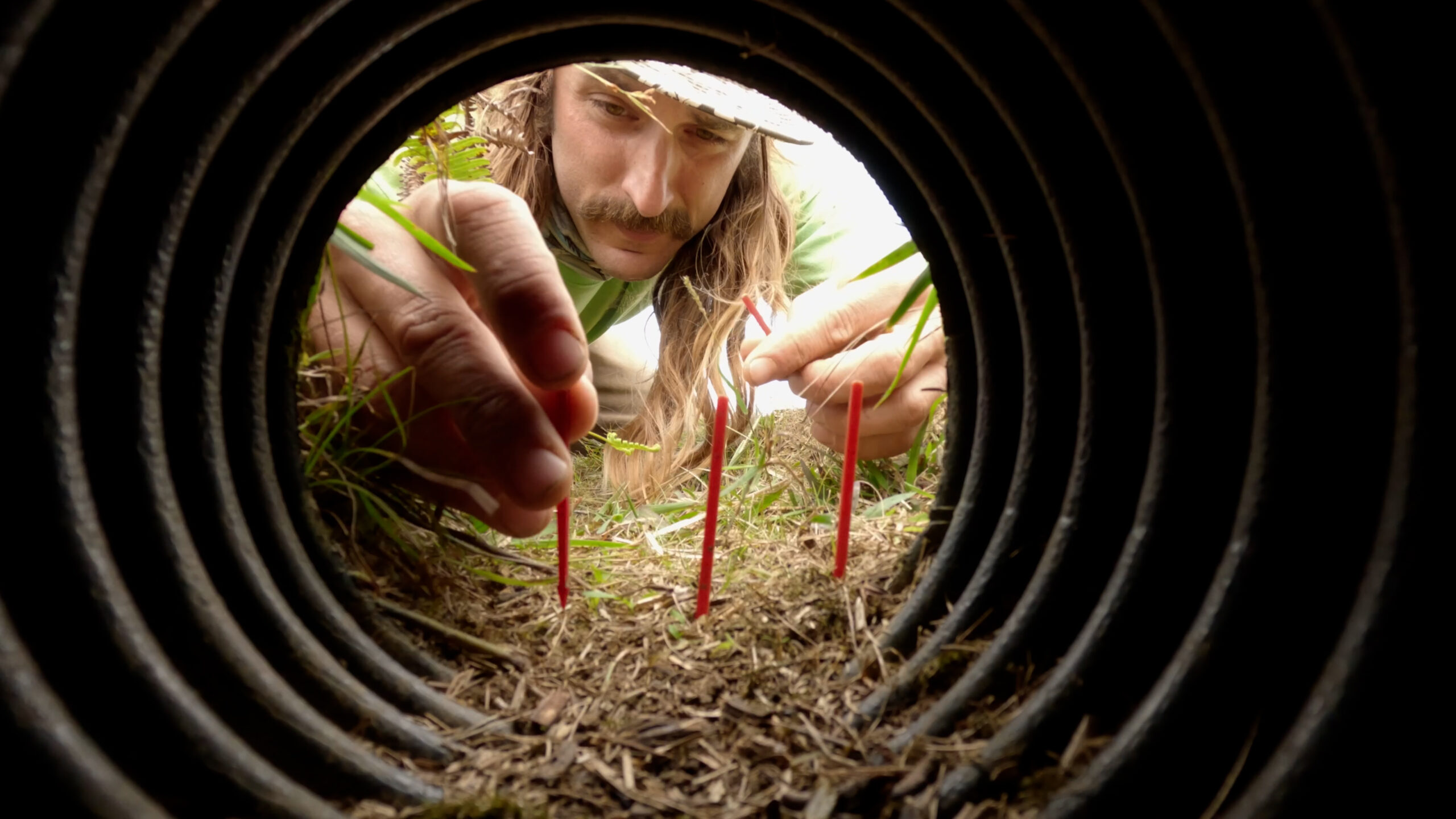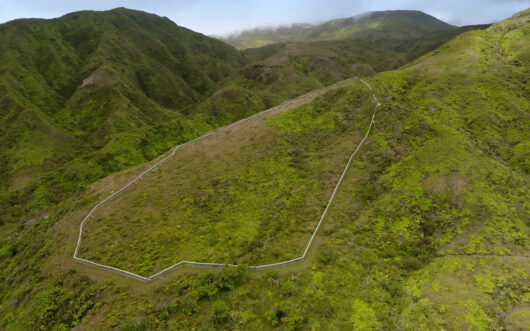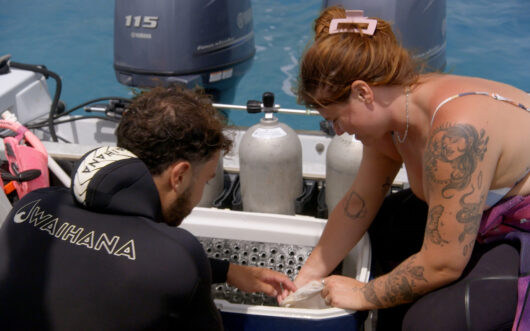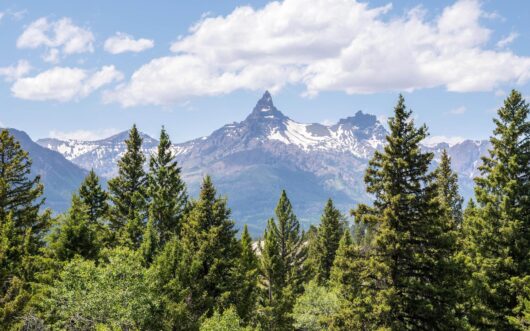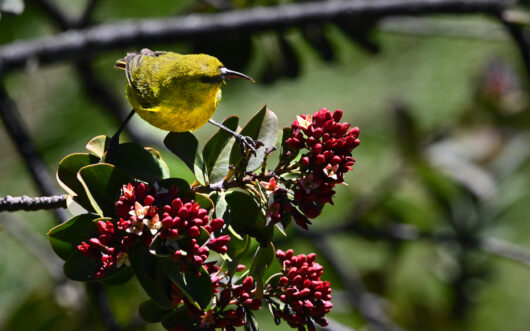Seabirds like those in Hawai’i have been given a second chance by the volunteers, scientists, and communities that lead the work to reverse their decline. While these shearwaters and the threats they face might be rather unique to islands in the Pacific, similar work to protect birds of a feather can be found anywhere around the globe.
One of the most significant threats to seabirds is the impact of light pollution, which is an issue that extends far beyond Hawai’i’s shorelines. Hundreds of bird species — and many more mammals and insects, too — are impacted by the excessive presence of man-made light. And unlike some other threats to native wildlife, the solution to local light pollution is well-within our grasp by making simple changes to your own daily behavior.
Protecting ’A’o in Hawaii
If you live near the coastlines of Hawaii or travel to the region, being a steward of seabird restoration can take many forms. Preventable threats to shearwaters like the ’A’o are everywhere: introduced and invasive predators, habitat loss on coastlines, entanglement with fishing gear, and even excess light pollution. All of these factors contribute to the decline of Hawaii’s native birds, but can be reversed with strategic intervention, too.
Learn more protecting Hawaii’s rare seabirds from the Department of Land and Natural Resources
Illustration of a no-bg-image
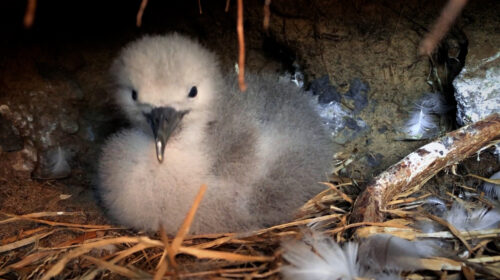
Bring Back the Dark Sky
Artificial light at night is a leading threat to seabird populations: this light pollution can lead to disorientation, and then to exhaustion or even collisions with buildings. In fact, these problems impact many types of birds, not just those along shorelines — luckily, the solution to light pollution starts at home! Dark Sky International provides resources and tips to make an impact, like closing shades at night or switching cool-color lights with warmer ones.
Find out more at Dark Night International.
Illustration of a no-bg-image
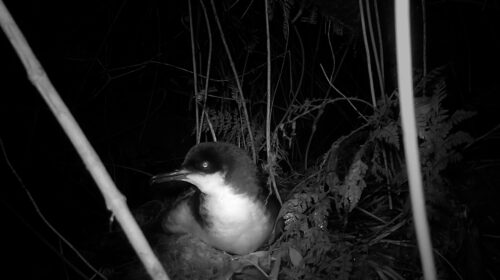
Globe at Night
Light pollution not only robs us of observing the beauty of the night sky, but it can also dangerously affect wildlife — including seabirds and hundreds of other species of birds, insects, and mammals. The citizen science project Globe at Night aims to raise awareness of the issue by inviting participants to measure their night sky’s light pollution and submit those to their platform. Globe at Night has been the most successful light pollution awareness campaign to date: they have collected more than 200,000 measurements from 180 countries over the last 14 years.
Join the project by visiting scistarter.org.
Illustration of a no-bg-image

